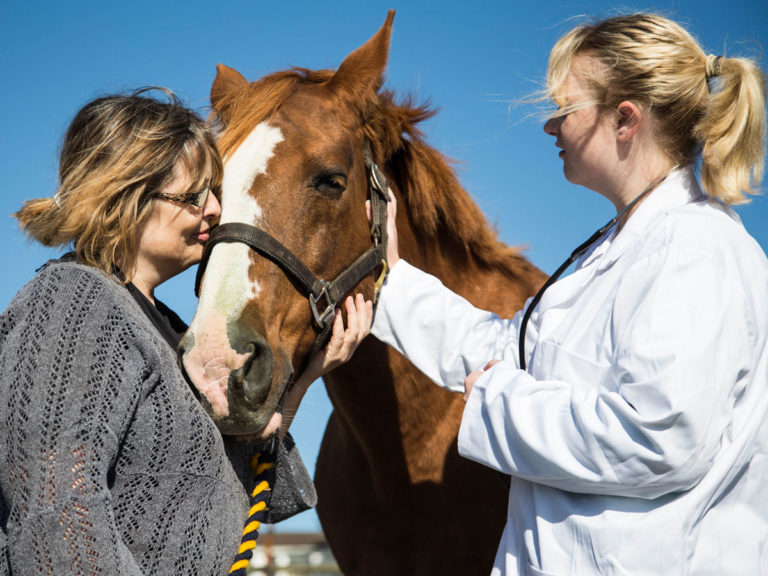
Judicious antimicrobial use (AMU) is important for preserving therapeutic effectiveness. Large-scale studies of antimicrobial prescribing can provide clinical benchmarks and help identify opportunities for improved stewardship. The aim of this retrospective cohort was to describe systemic AMU in UK equine practice. Furthermore, it aimed to identify factors associated with systemic and Category B (third- and fourth-generation cephalosporins, fluoroquinolones and polymixins) AMU.
Researchers collected anonymized electronic patient records (EPRs) for all equids attended by 39 UK veterinary practices between January 1 and December 31, 2018, via the VetCompass program. They identified systemic antimicrobial prescriptions using electronic keyword searches. The study determined indications for AMU through manual review of a randomly selected subset of EPRs. The researchers summarized the types and frequency of systemic antimicrobials prescribed, and indications using descriptive statistics. Then, researchers used mixed-effects logistic regression to evaluate practice- and horse-related risk factors.
AMU in Equine Practice 2018
Veterinarians prescribed systemic antimicrobials to 12,538 (19.5%, 95% confidence interval [CI]: 19.2%–19.8%) of 64,322 equids attended in 2018. They prescribed category B antimicrobials to 1.9% (95% CI: 1.8%–2.0%) of attended equids and in 8.9% (95% CI: 8.5%–9.4%) of antimicrobial courses. Veterinarians performed bacteriological culture in 19.1% (95% CI: 17.1%–21.3%) of Category B antimicrobial courses. For courses including Category B antimicrobials, they were used as first-line therapy in 947 cases (71.7%, 95% CI: 69.2%–74.2%).
Overall, veterinarians most commonly prescribed potentiated sulphonamides (50.2% of equids receiving antimicrobials) and tetracyclines (33.5% of equids receiving antimicrobials). Integumentary disorders were the most common reason for systemic AMU (40.5% of courses). Urogenital disorders were the most common reason for Category B AMU (31.1% of courses). Increased odds of systemic and Category B AMU were observed in equids <1 year compared with those aged 5–14 years. Additionally, breed played a role in AMU frequency. Odds of systemic and Category B AMU were highest in Thoroughbreds and Thoroughbred crosses.
Bottom Line
Evidently, empirical use of Category B antimicrobials remains commonplace with intrauterine therapy as the most common reason for use.








